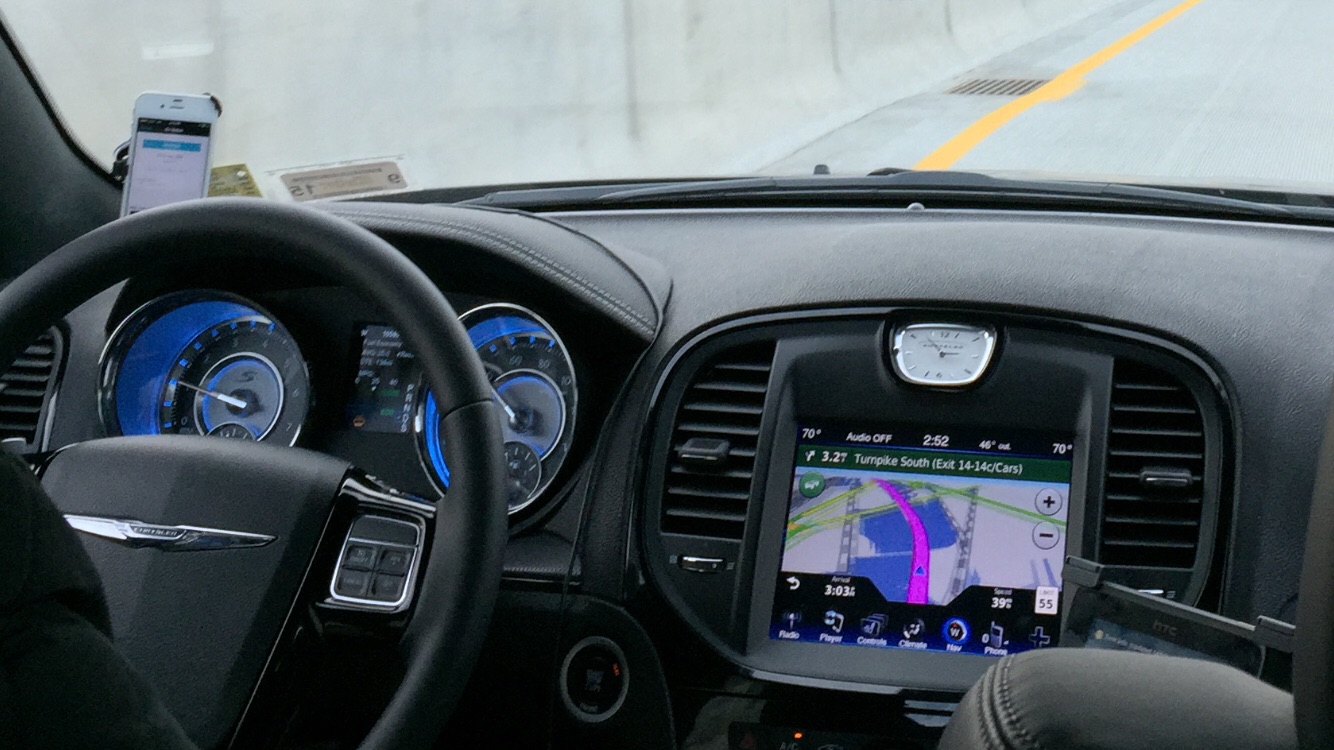We compile and publish COVID-19 data organized by the date on which it’s reported, rather than by date of specimen collection, data of symptom onset, date of death, etc. To see how holiday delays affect this data, we can look at the way weekends and holidays have caused predictable dips and rises in the numbers we compile every day from US states and territories.
If you’ve been following the data we report, you’ll probably be familiar with the day-of-week effects that make many state-reported COVID-19 metrics so jagged on the charts. On Wednesday through Saturday, we tend to see peak reporting for tests, cases, and deaths. Sunday and Monday, on the other hand, are usually very low in comparison. (This is the main reason we use—and advocate for the use of—seven-day averages for most COVID-19 metrics.)
The reasons for these effects are many, and extend from test administration all the way through to the process of getting the data onto an official website. On weekends, fewer doctors’ offices and other testing sites are open, so fewer people get tested, which means that fewer tests make it to labs. The reporting systems, too, are affected: Fewer results are reported to health departments, and fewer health department staff are at their desks to turn those results into the data points we eventually see under tests and cases.

